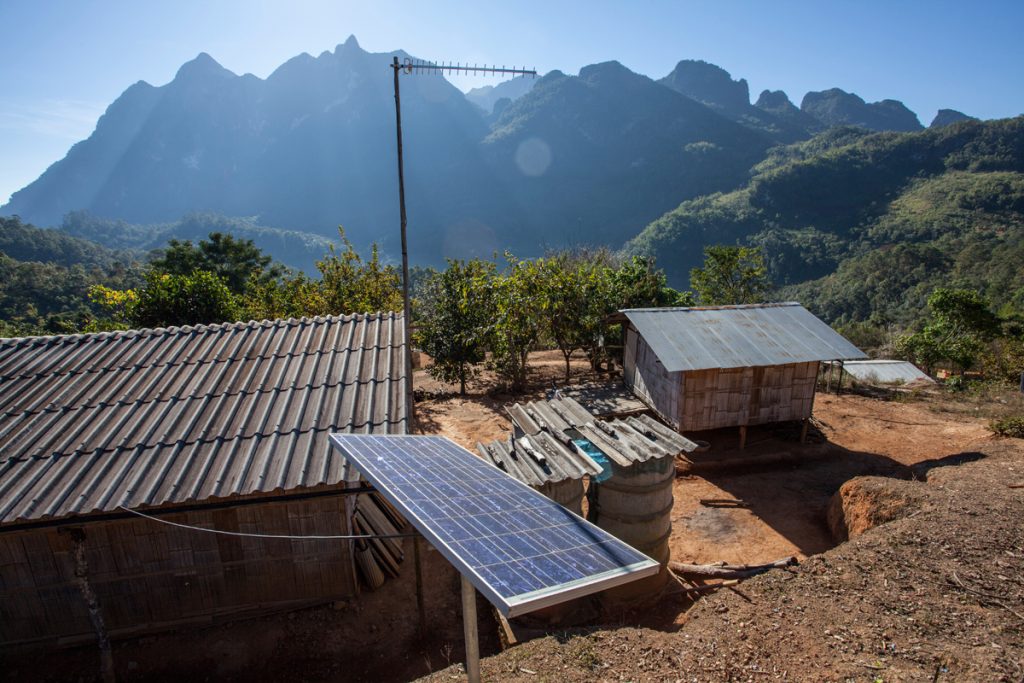
How solar energy in developing nations is transforming energy access in underserved communities. Imagine living in a world where electricity isn’t a given. Where once the sun sets, everything comes to a halt—no lights, no fans, no way to charge your phone. This is the harsh reality for millions of people in developing nations, including rural Pakistan. Energy poverty isn’t just an inconvenience; it’s a barrier to education, healthcare, and economic growth.
But what if the very sun that disappears at night could power entire villages during the day? That’s where solar energy comes in. In regions where traditional power infrastructure is either unreliable or nonexistent, solar is emerging as a game-changer. But is it truly the answer to energy poverty? And if so, how can we make it more accessible? Let’s dive in.
1. The Energy Crisis in Developing Nations
Solar energy in developing nations isn’t just about access but affordability and reliability. According to the World Bank, over 700 million people worldwide lack access to electricity, with the majority residing in Africa and South Asia. In Pakistan, while urban areas enjoy relatively stable power, rural regions face prolonged blackouts and limited grid connectivity.
Fossil fuels have long been the go-to solution, but they come with hefty environmental and economic costs. Power plants are expensive to build, fuel prices are volatile, and the infrastructure needed to extend the grid to remote areas is simply unaffordable.
This is where solar energy steps in—not just as an alternative but as a scalable and sustainable solution.
2. Why Solar? The Case for a Brighter Future
Unlike fossil fuels, solar energy is abundant, renewable, and increasingly affordable. Here’s why it’s gaining traction in developing nations:
✅ Low Installation Costs: Unlike traditional power plants, solar setups don’t require billions in infrastructure. A single panel can power a home, and a small farm of them can sustain an entire village.
✅ Off-Grid Capability: Solar doesn’t need an extensive power grid. This is crucial for rural areas where extending the national grid would be too expensive.
✅ Long-Term Savings: While the upfront cost of solar panels can be high, they significantly reduce electricity bills in the long run. Plus, maintenance costs are minimal.
✅ Scalability: From small solar lanterns to large microgrids, solar energy solutions can be tailored to meet the needs of different communities.
For instance, countries like Bangladesh, Kenya, and India have successfully implemented small-scale solar projects, powering schools, hospitals, and homes. Pakistan, with its abundant sunlight, is perfectly positioned to follow suit.
Without strong policies, even the best solar solutions remain out of reach for those who need them most.
3. Overcoming the Challenges
While solar energy in developing nations offers immense potential, it’s not without hurdles:
🔸 High Initial Costs: Even though solar saves money long-term, the upfront cost of solar panels can be a dealbreaker for many families. Government incentives can help bridge this gap.
🔸 Lack of Skilled Technicians: Installing and maintaining solar systems requires expertise, which is still limited in many rural areas. Training programs can create jobs and empower locals to manage their own energy solutions.
🔸 Storage Issues: Solar power is only available when the sun is shining. Battery storage systems are crucial but remain expensive. Innovations in battery technology and affordability will be key to overcoming this challenge.
🔸 Policy Gaps: Without consistent and well-implemented policies, solar growth can stagnate. Governments need to create long-term strategies to integrate solar into national energy plans.
4. The Future of Solar in Pakistan
Pakistan has one of the highest solar potentials in the world, with over 300 sunny days per year. If harnessed properly, solar could significantly reduce energy shortages, lower dependence on fossil fuels, and provide power to millions living in off-grid areas. Already, companies and NGOs are stepping up, launching solar microgrid projects in rural areas and offering solar home kits at affordable rates. The government’s Alternative & Renewable Energy Policy 2019 aims to increase renewable energy to 30% by 2030. But for this to happen, stronger policies, financial incentives, and public-private collaborations are needed.
Are you curious about solar energy but unsure where to begin? Check out my blog, Solar Panel Facts You Didn’t Know, to get a better understanding of solar’s potential and benefits.
Final Thoughts: A Brighter Tomorrow
Energy poverty isn’t just a technical issue; it’s a human issue. Without electricity, children can’t study after dark, businesses can’t grow, and hospitals can’t function effectively.
Solar energy isn’t just a solution—it’s an opportunity for economic empowerment, better education, and improved healthcare. While challenges exist, the potential far outweighs the obstacles. With better policies, government support, and community-driven initiatives, solar could be the key to unlocking a brighter, more sustainable future for millions. So, next time you see a solar panel, think beyond just saving on electricity bills.
Think about how it could change lives. Because in the fight against energy poverty, every ray of sunshine counts.







